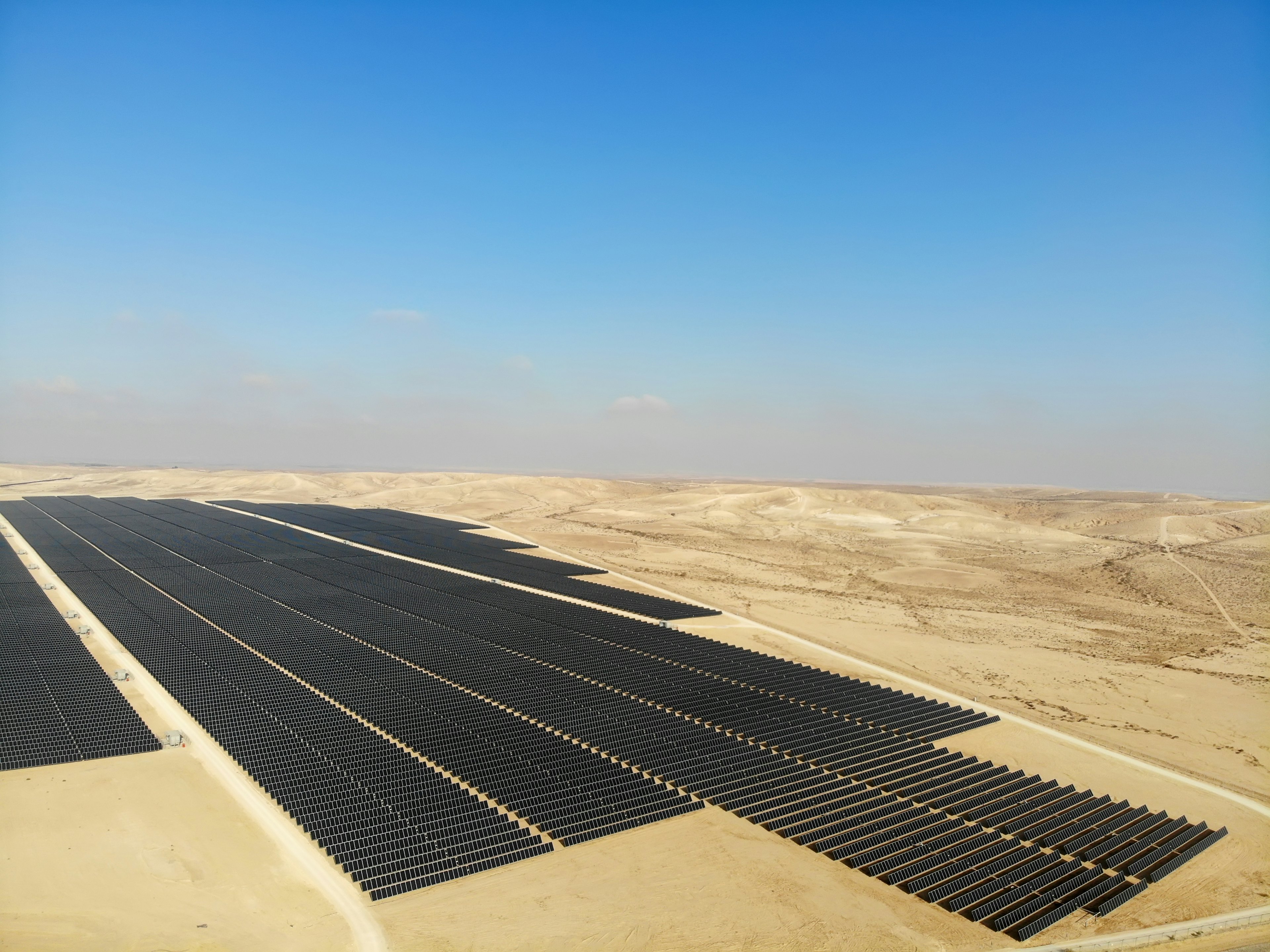Solutions to power the clean energy future
Arcadia helps businesses unlock a future of abundant, affordable clean energy. With our advanced utility data platform, AI-driven analytics, and industry expertise, we give businesses and energy innovators the solutions they need to navigate today’s complex energy landscape.
Trusted by leading global companies







End-to-end energy management solutions
With AI-powered tools, deep industry expertise, and our expansive partner network, Arcadia streamlines fragmented data and processes into a single source of truth for leading enterprises and energy innovators.
Learn moreBuilt on our leading data platform
With thousands of utility providers in over 50 countries — and 95% coverage of US utility accounts — the Arcadia Platform provides the most comprehensive access to energy usage, cost, and utility data.
Learn moreSolutions for enterprise organizations
Arcadia enables seamless co-optimization of all available measures across the full energy management lifecycle.
Lower utility costs and streamline bill management with automated bill payment, proactive error identification, optimized tariff structures, and budgeting & forecasting.
Source clean energy through a comprehensive evaluation of supply options — including onsite and offsite resources — to effectively manage risks, reduce costs, and achieve corporate sustainability goals.
Achieve compliance goals and track carbon emissions with standardized energy data and seamless integration with leading sustainability platforms.
Let’s get to work
Contact our team today to learn how Arcadia can support your enterprise energy needs.

Use cases for energy innovators
Through our comprehensive energy data platform, we help a wide range of energy service providers optimize their offerings for customers.
Optimize with up-to-date utility data and accurate energy cost insights.
Deliver connected charging solutions with nationwide utility and tariff data.
Identify game-changing energy efficiency and savings opportunities.
Reduce green building adoption costs and improve energy consumption.

Unlock your platform's potential with automated energy data.
We're building the next generation of energy
Building a future of affordable, abundant clean energy
Arcadia was founded in 2014 on the belief that everyone deserves access to clean energy. Our initial investment in community solar drove progress toward that vision — then we built the Arcadia Platform to solve for access to energy data. Today, we help businesses navigate today's complex energy landscape to unlock a future of abundant, affordable clean power.

In the news



